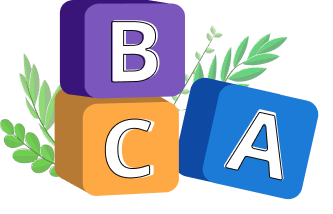

N/A
used to say that the amount mentioned might be a little more or less than the exact amount
The origin of the idiom "give or take" is rooted in its literal meaning. Its origins are not tied to a particular historical event or source, as it essentially reflects the idea of allowing for some level of flexibility or approximation when discussing numerical values. It is used to indicate a degree of flexibility or approximation in numerical values. The phrase suggests that the specified quantity can be somewhat more or less than the exact figure provided.


(humigit-kumulang)
mga
used to say that something such as a number or amount is not exact
Impormasyon sa Gramatika:

N/A
a small number or amount

(maliit na bahagi)
kunti
a very small and imprecise amount of something, typically a powdered or granular substance, such as salt, sugar, or spices

N/A
a small measure (usually of food)

(tambak)
bunton
a large number of something

N/A
used to indicate a rough estimate without precise measurements or exact figures

(kahit ano)
anuman
used to represent anything or everything as the subject or object of verb or preposition


(kaunti)
medyo
to a small extent or degree
Impormasyon sa Gramatika:

N/A
of the same type as something else or closely resembling it
The idiom "along the lines of something" originated from the concept of following a particular course, direction, or pattern. It is mainly used to suggest similarity or resemblance to a specific idea, concept, or example. In other words, the phrase conveys the idea of aligning or conforming to a certain model or framework, implying that the thing being discussed shares similarities with the mentioned concept or example, although not necessarily identical.
Congratulations! !
Natuto ka ng 11 mga salita mula sa undefined. Upang mapabuti ang pag-aaral at pagsusuri ng bokabularyo, magsimula ng pag-eehersisyo!
Repasuhin
Flashcards
Pagbaybay
Pagsusulit
